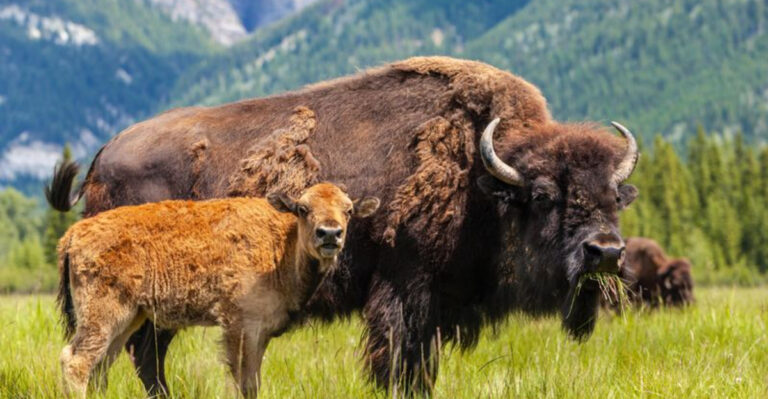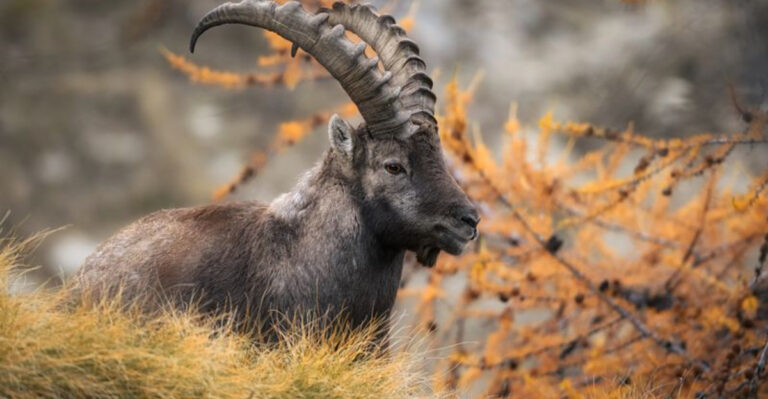12 Roles Wild Cats Play In The U.S. Ecosystem
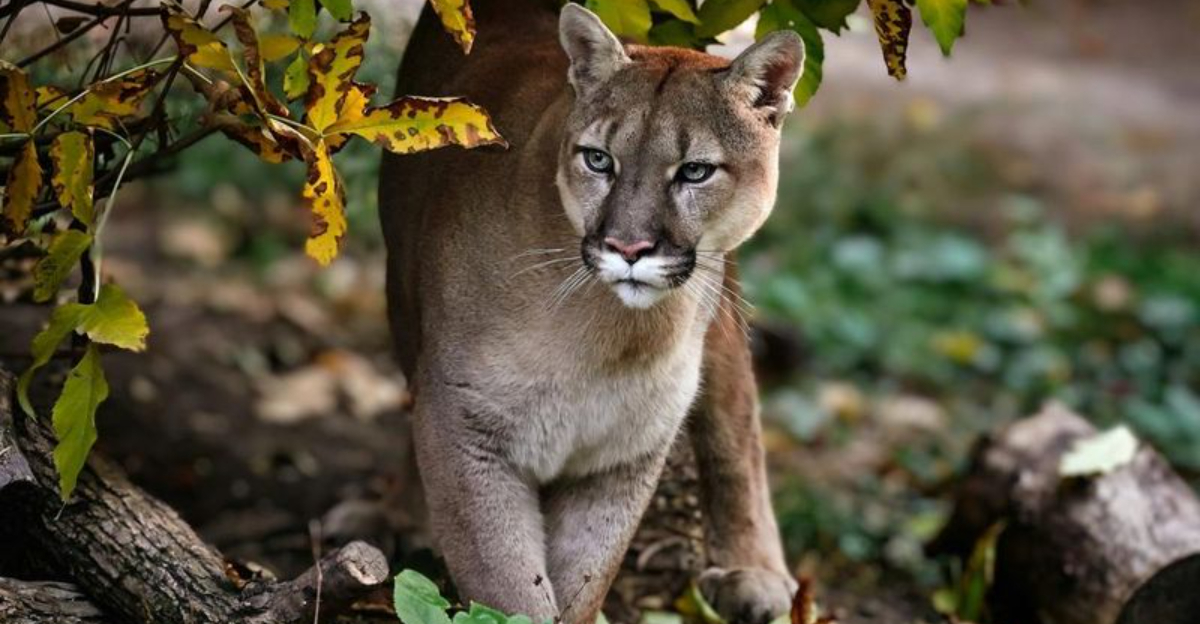
Wild cats are the hidden architects of America’s diverse ecosystems.
From the mighty mountain lion to the elusive bobcat, these magnificent predators shape landscapes and maintain ecological balance in ways that ripple throughout entire habitats.
While often unseen by human eyes, their influence touches everything from deer populations to forest health.
Understanding their crucial roles helps us appreciate why protecting these wild felines matters for all living things in North America.
1. Population Control Specialists
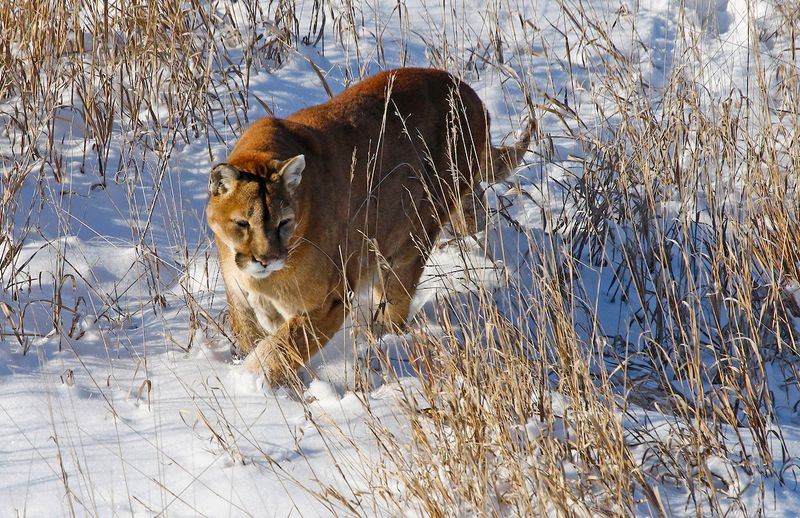
Mountain lions, bobcats, and lynx naturally regulate deer, rabbit, and rodent populations across American landscapes. Without these stealthy hunters, herbivore numbers would explode, leading to overgrazing and habitat destruction.
A single mountain lion typically maintains a territory spanning 30-125 square miles, silently keeping prey numbers in check. Their hunting pressure ensures healthier prey populations by targeting vulnerable individuals like the sick or elderly.
The ecological math is impressive – one adult puma can take down approximately 50 deer annually, preventing potential habitat degradation that unchecked herbivore populations would cause.
2. Forest Regeneration Promoters
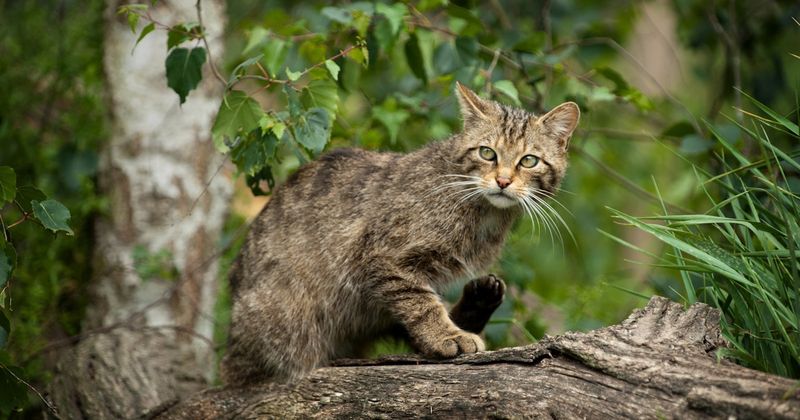
Wild cats indirectly nurture forest growth by keeping deer populations balanced. When deer numbers remain natural, tree seedlings and native plants flourish instead of being overgrazed.
Scientists studying Yellowstone witnessed this phenomenon with wolves, but similar patterns emerge wherever wild cats hunt. In areas with healthy predator populations, forests show greater diversity and structural complexity.
The relationship creates a fascinating cascade effect – cat presence changes deer behavior, causing them to avoid certain areas longer, giving vegetation recovery opportunities. This process, called a trophic cascade, demonstrates how these predators engineer entire forest ecosystems through their hunting habits.
3. Biodiversity Enhancers
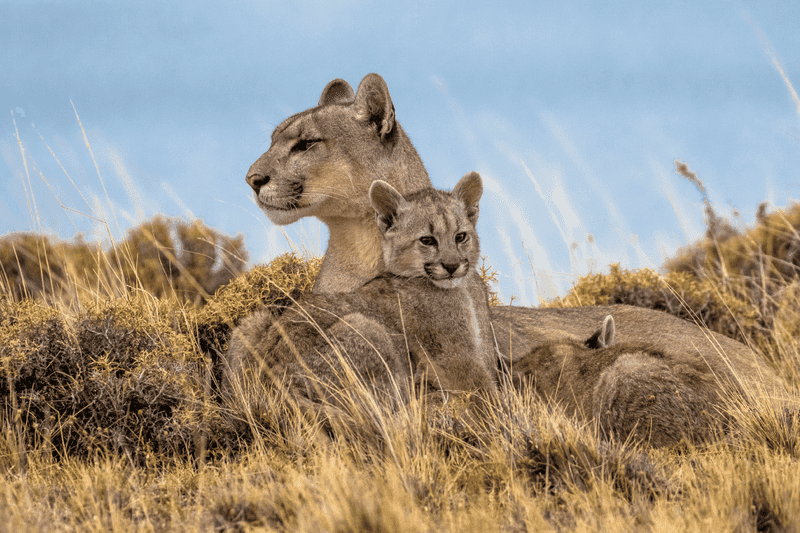
Wherever wild cats roam, biodiversity flourishes. Their hunting creates what ecologists call a “landscape of fear” – prey animals change movement patterns, creating habitat openings for other species to thrive.
Birds benefit tremendously from wild cat presence. When cats control rodent populations, ground-nesting bird success rates improve. Additionally, when deer browsing decreases, more nesting habitat becomes available in the understory.
Small predators like foxes and raccoons also adjust their behavior when larger cats are present, further balancing the ecosystem. One study in California found areas with mountain lions supported nearly 50% more bird species than similar areas without these apex predators.
4. Scavenger Supporters

Wild cats unintentionally feed numerous other species through their hunting efforts. After a mountain lion finishes with a deer carcass, it becomes a bonanza for scavengers like eagles, ravens, foxes, and countless insects.
These leftover meals create critical nutrient hotspots throughout the landscape. A single mountain lion kill can support dozens of species over several weeks as the carcass breaks down, transferring energy throughout the food web.
During harsh winters, these remains become especially vital survival resources for many struggling animals. Scientists have documented over 30 different vertebrate species benefiting from mountain lion kills in western states.
5. Disease Limiters
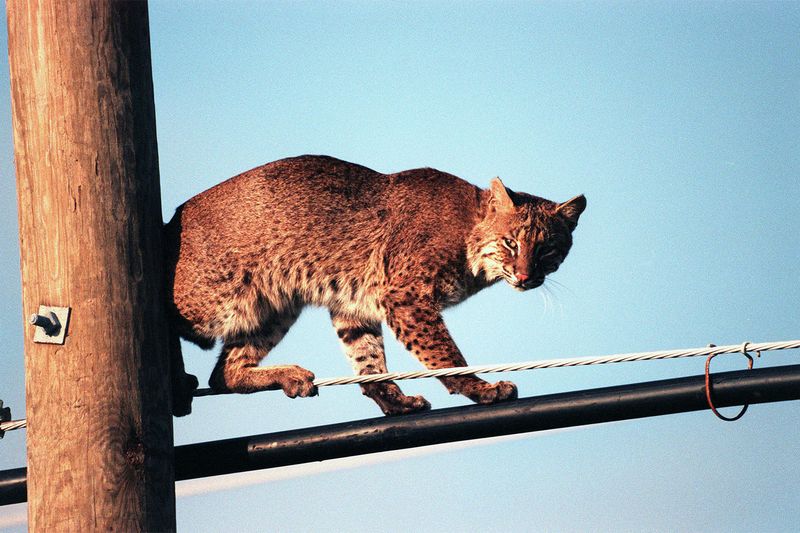
Wild cats help prevent disease outbreaks by removing sick animals from prey populations. Their hunting instinct naturally targets the easiest catches – often the diseased or weakened individuals carrying potential infections.
Studies of mountain lion prey selection show they’re twice as likely to take deer showing signs of chronic wasting disease than healthy ones. This selective pressure reduces disease transmission rates among remaining prey.
For humans, this service provides indirect protection against zoonotic diseases that might otherwise spread from wildlife populations. The Florida panther, for example, helps control feral hog populations which can carry over 40 diseases transmissible to people or livestock.
6. Habitat Engineers
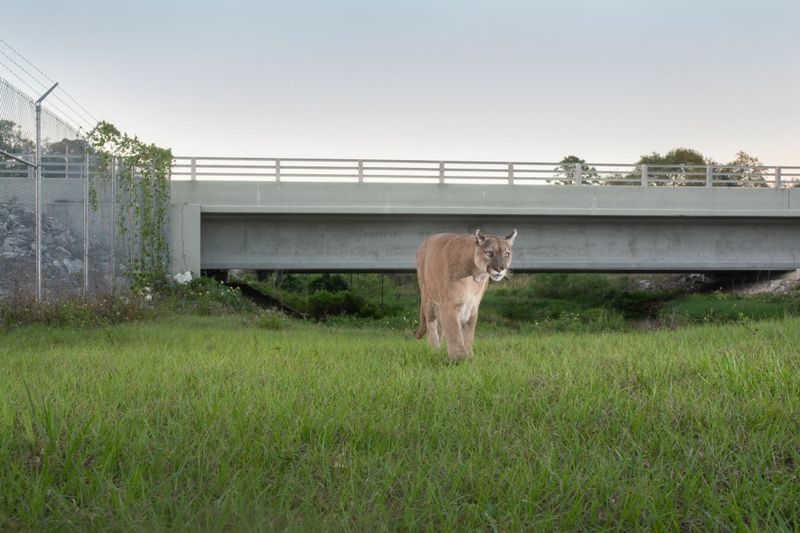
Wild cats reshape physical environments through their movement patterns and territorial behaviors. Their preferred travel routes become wildlife corridors used by many other species navigating fragmented landscapes.
Scratching posts – trees where cats sharpen claws and leave scent marks – create unique microhabitats benefiting insects and fungi. These territorial markers become communication hubs for the entire wildlife community.
Mountain lions in particular need vast connected territories, making them excellent umbrella species. When we protect enough habitat for these wide-ranging cats, we automatically conserve space for hundreds of other species with smaller territory requirements – a conservation shortcut benefiting entire ecosystems.
7. Climate Change Buffers

Surprising as it sounds, wild cats help ecosystems resist climate change impacts. By controlling herbivore populations, they protect carbon-sequestering vegetation that might otherwise be overgrazed.
Forests with healthy predator populations store more carbon because they maintain better tree recruitment and diversity. One study estimated that predator loss can reduce carbon storage by up to 93% in some ecosystems due to the resulting explosion in herbivore numbers.
Additionally, wild cats protect riparian areas – streamside vegetation zones critical for temperature regulation as climates warm. By keeping deer from overgrazing these sensitive areas, cats indirectly help maintain cooler water temperatures needed by fish and amphibians facing warming conditions.
8. Mesopredator Regulators
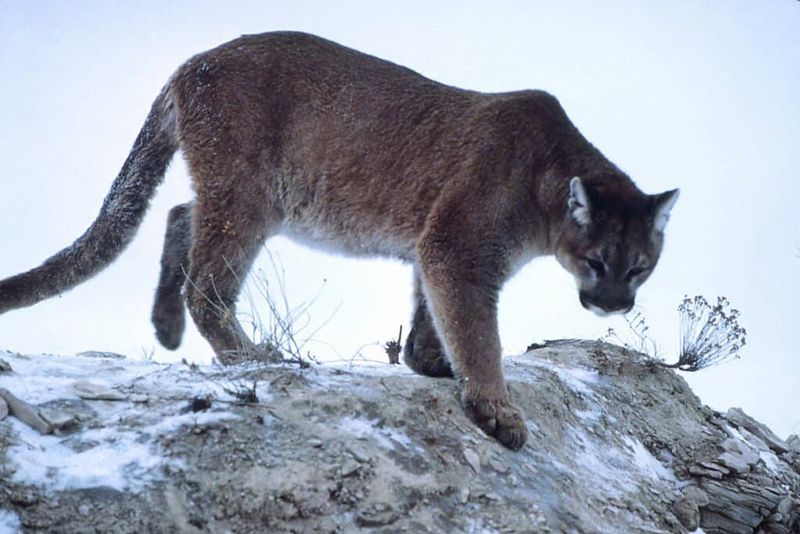
Larger wild cats keep smaller predators – called mesopredators – in check through competition and direct predation. When mountain lions or bobcats inhabit an area, coyotes, foxes, and raccoons adjust their behavior and numbers accordingly.
This regulation prevents mesopredator release – a phenomenon where smaller predators explode in numbers when larger ones disappear. California studies showed areas without mountain lions had up to five times more coyotes, which devastated songbird populations.
The balance maintained by wild cats creates a more stable predator community overall. Ground-nesting birds particularly benefit from this service, as mesopredators typically raid nests more frequently than large cats, which prefer larger prey.
9. Evolutionary Pressure Providers
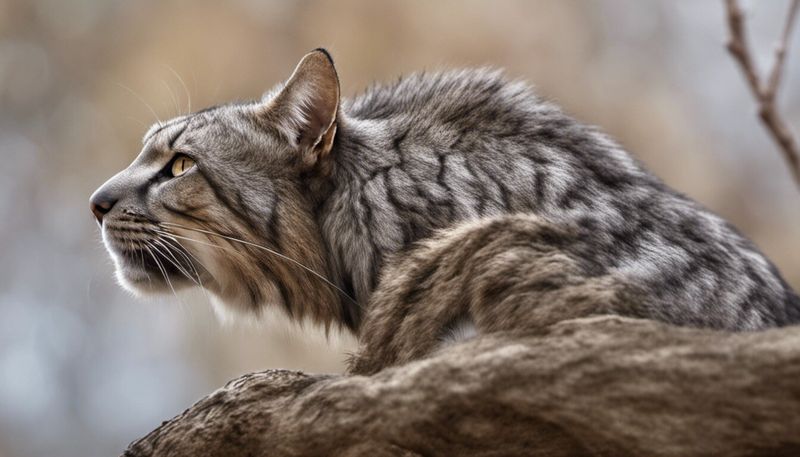
Over millennia, wild cats have shaped the evolution of their prey through natural selection. The speed of deer, the jumping ability of rabbits, and the alertness of elk all evolved partly in response to cat predation.
This evolutionary dance continues today, with prey animals developing traits that help them survive in landscapes with predators. Removing cats from ecosystems doesn’t just affect current populations – it alters the evolutionary trajectory of numerous species.
Some prey adaptations are behavioral rather than physical. Researchers documented how elk change vigilance patterns based on mountain lion presence, demonstrating the ongoing evolutionary pressures these predators exert even on animals they rarely catch.
10. Nutrient Cycling Accelerators
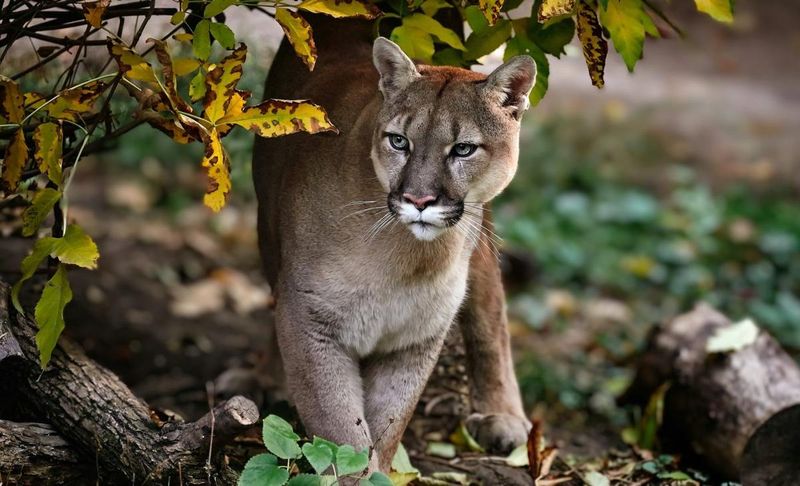
Wild cats accelerate nutrient cycling through ecosystems by breaking down large prey into more accessible forms. Their kills become decomposition hotspots where nitrogen, phosphorus, and other elements return to soil faster.
Mountain lion activity concentrates nutrients in patterns different from natural decay, creating a mosaic of soil fertility across landscapes. Plants growing near cat kills often show enhanced growth due to this nutrient pulse.
Even cat waste serves ecological functions – lynx and bobcat scat contains partially digested proteins that feed decomposers and soil microbes. One study in Colorado found areas with regular mountain lion activity had soil nitrogen levels up to 50% higher than similar areas without cats.
11. Genetic Diversity Maintainers
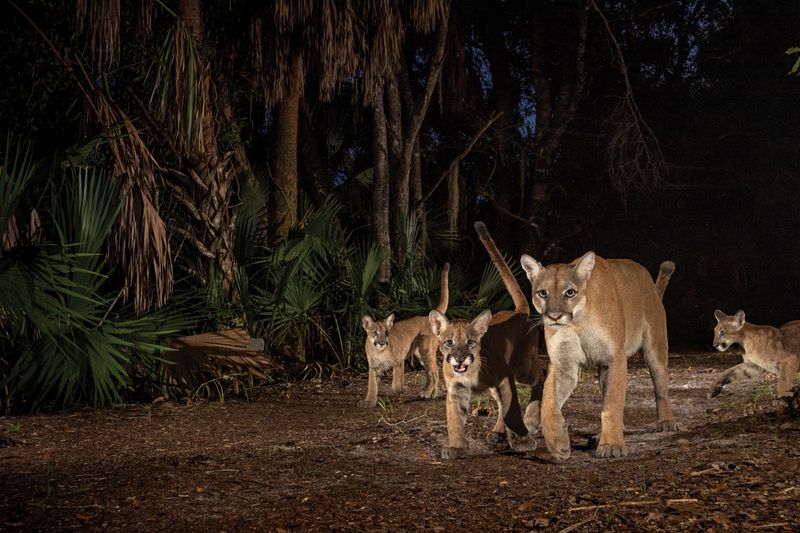
Predation by wild cats helps maintain genetic health in prey populations by removing weaker individuals before they reproduce. This selective pressure preserves beneficial adaptations within species gene pools.
Healthy wild cat populations themselves represent important genetic reservoirs. Florida panthers demonstrate why this matters – their numbers dropped so low that genetic rescue via Texas cougars became necessary to prevent extinction from inbreeding problems.
Genetic diversity provides resilience against diseases and environmental changes. When researchers compared deer populations with and without mountain lion predation, they found those living alongside cats showed greater genetic variation and fewer congenital problems – evidence of how predators maintain healthier prey gene pools.
12. Cultural And Spiritual Significance
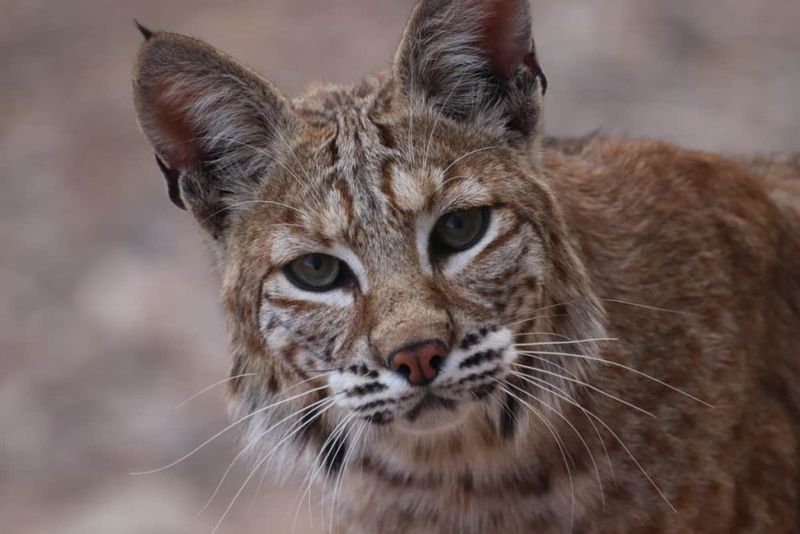
Wild cats hold profound importance in Native American cultures across the continent. Many tribes view mountain lions as power animals representing leadership, while bobcats symbolize patience and keen perception in traditional stories.
Beyond indigenous perspectives, these animals capture America’s imagination through art, literature, and regional identity. Schools nationwide adopt wildcats as mascots, reflecting admiration for their strength and independence.
The psychological benefits of knowing wild predators still roam our landscapes contribute to human wellbeing. Conservation psychologists document how the presence of apex predators like mountain lions creates a sense of ecological completeness that fulfills deep human needs for connection to wild nature.




